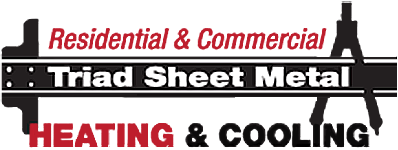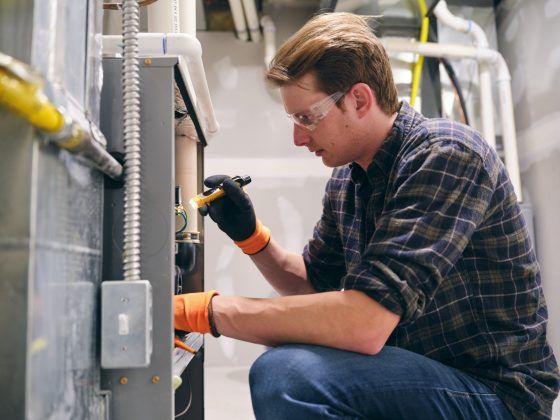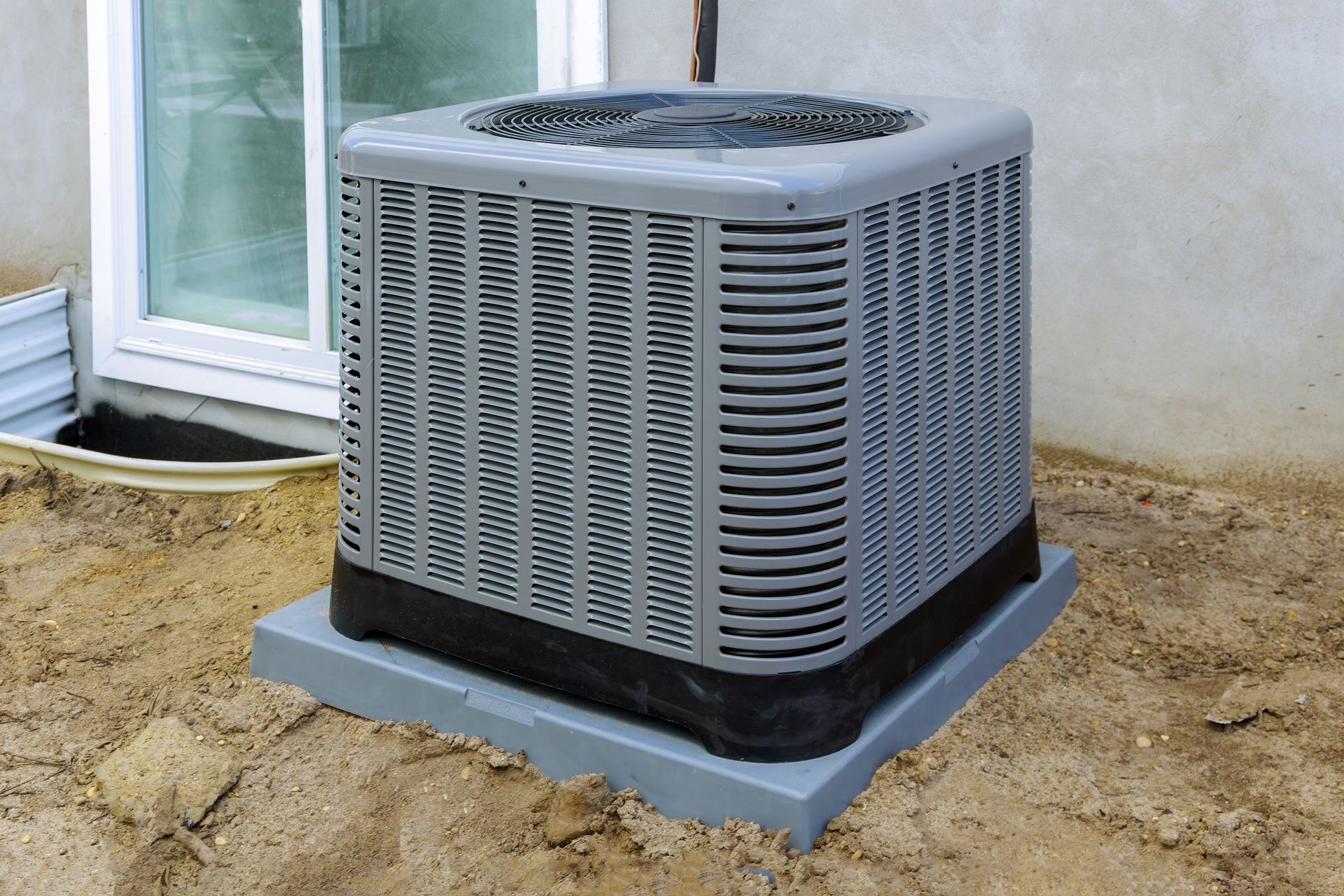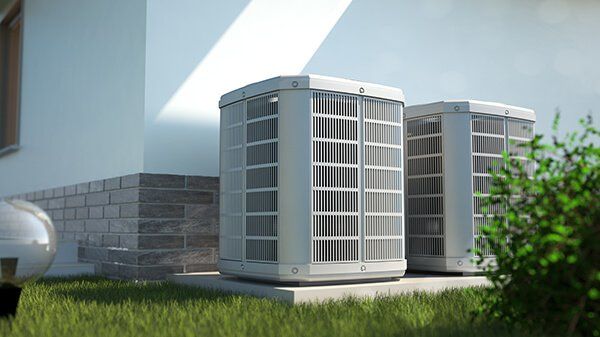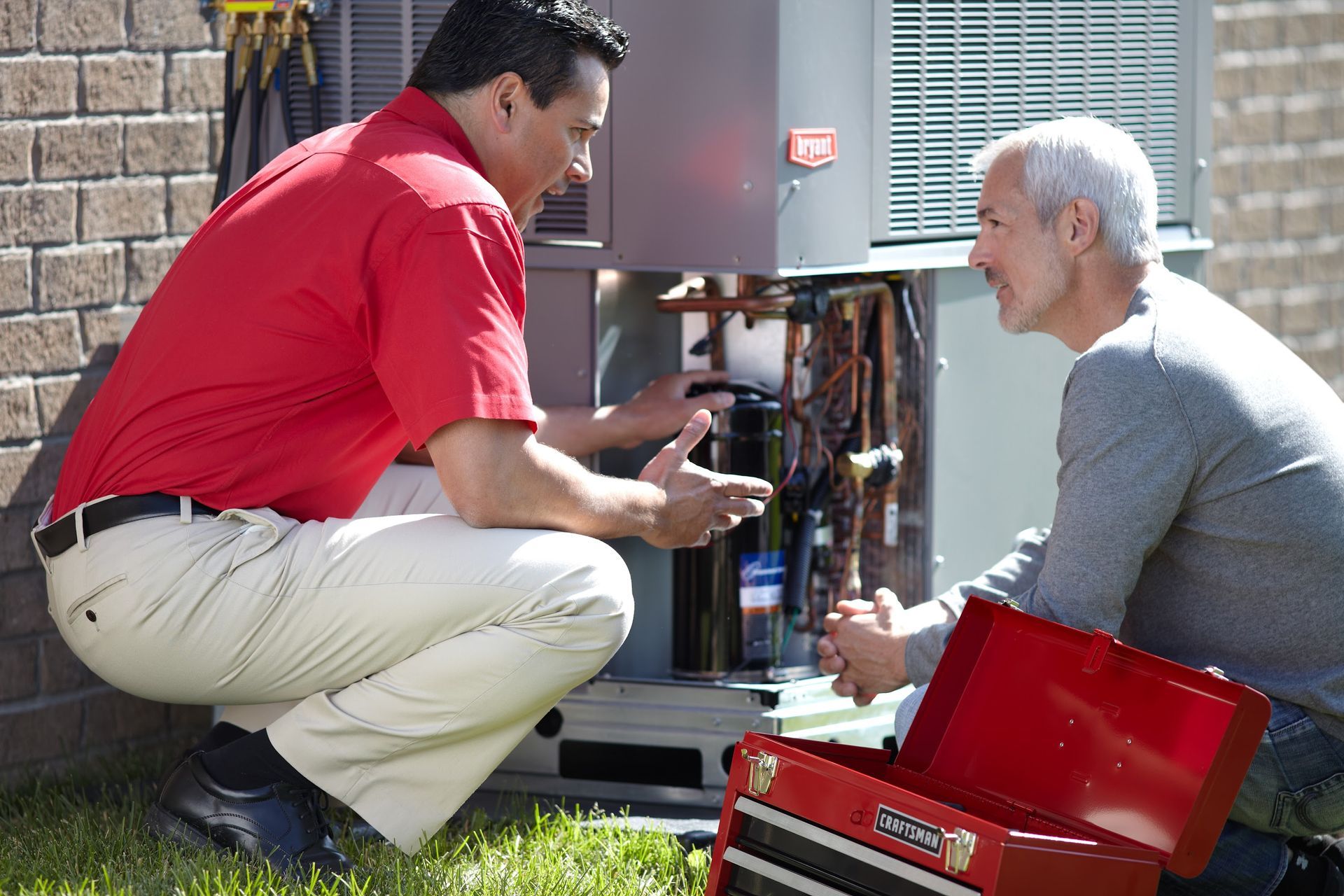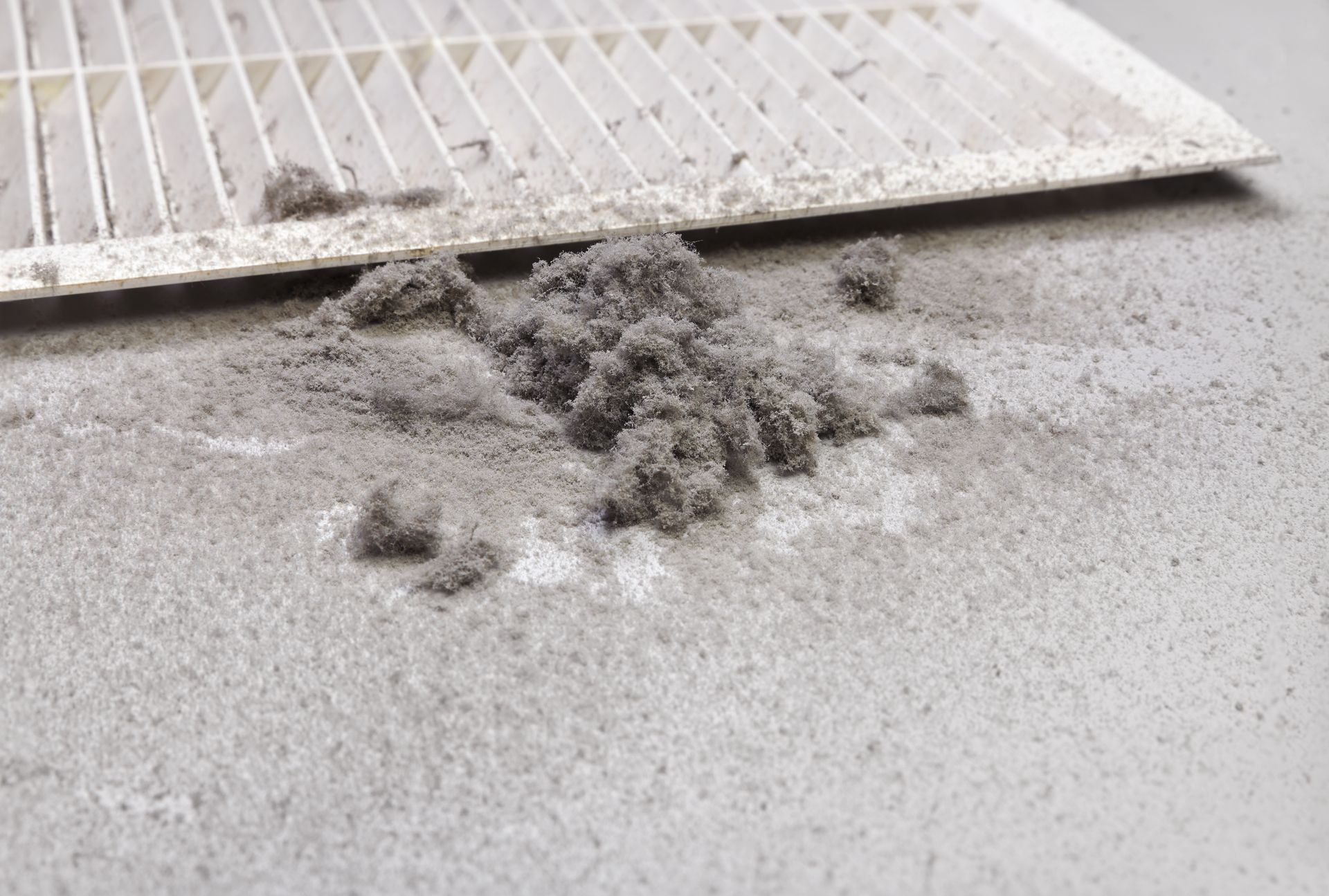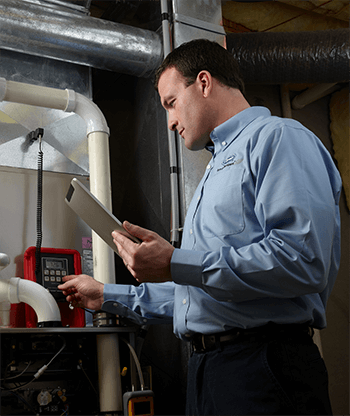How to Read HVAC Gauges | Triad Sheet Metal
- By ppc@rynoss.com
- •
- 17 Jul, 2020
- •
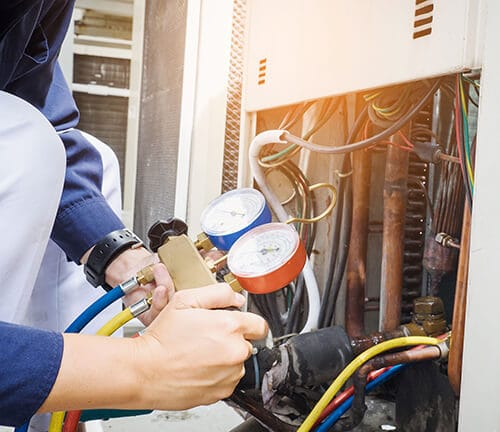
Components of an HVAC Gauge
An analog gauge set is also called a manifold gauge. It has two gauges: one is red, and the other is blue. The red gauge reads high-pressure, while the blue gauge is for low-pressure readings. Below the gauges is a manifold body with a set of valves on either end. The valves control the flow of gas to the gauges. Connected to the bottom of the manifold body are three hose couplings.
Using the Gauge
Always connect a red hose to the red gauge and a blue hose to the blue gauge. The middle coupling is used as a utility hose and is typically yellow. The hoses are color-coded to ensure you use the right type. Utility couplings are used to charge and discharge the HVAC system.
Technicians from Triad Sheet Metal Heating & Cooling are available to handle your seasonal HVAC maintenance tasks. Our team services homes and rental properties in and around Greensboro.
Reading the Gauge
The type of gauge set you use should match the refrigerant in the HVAC unit. If it does not, your readings will be incorrect. Some gauges can read more than one refrigerant. The needle on each gauge should be at rest on zero. As the system is engaged, the gauge needle will move up and stabilize. This point of stabilization is your pressure reading. Mathematically convert the reading to complete the system diagnosis.
Triad Sheet Metal Heating & Cooling is your trusted service team in Greensboro. Our company has provided locals with high-quality workmanship since 1990. We service heat pumps, central air conditioners, heating systems and more. Indoor air quality testing and system maintenance are also handled by our team of experts. Call us today to schedule an appointment.
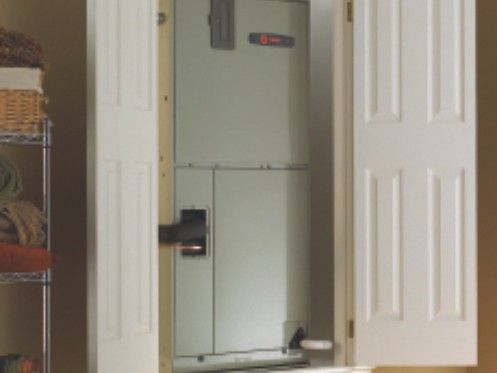
All furnaces should be serviced and maintained regularly to make sure that they continue heating effectively and efficiently. If you want to lessen the chances of your furnace breaking down over the winter, you should always have your furnace professionally serviced every year. In this post, we're going to discuss why furnace maintenance is important and what it involves.
The Importance of Yearly Furnace Maintenance
Furnace maintenance is essential for your safety. It helps to prevent possible fire hazards and carbon monoxide leaks. The technician servicing your equipment will always check that everything is functioning properly to ensure the furnace will automatically shut down if it overheats or experiences a safety issue. Maintenance is also important for the life of your furnace, ensuring it lasts anywhere from 15 to 30 years. It can also save you money by lowering your heating costs and helping to avoid costly repairs later on.
What Does Furnace Maintenance Entail?
Maintaining a furnace involves inspecting, cleaning and testing all of your heating system's components on an annual basis. This includes the various components inside the furnace, as well as the blower and thermostat.
A technician will inspect your ductwork to ensure it isn't damaged or leaking air. Damaged ductwork will greatly increase your energy costs and make your heating system far less effective.
Cleaning the blower assembly, furnace burners and flame sensor are especially important for keeping the furnace heating effectively. This also provides reliability. Inspecting the heat exchanger and exhaust flue is also essential for ensuring the furnace is properly vented and preventing carbon monoxide leaks.
As one of Greensboro's most trusted HVAC companies, Triad Sheet Metal is your best choice for furnace maintenance and repairs. Our technicians have experience servicing all makes and models of furnaces as well as central air conditioners and heat pumps. We also offer professional HVAC replacement and installation as well as a full range of indoor air quality services. Give us a call today to schedule your annual furnace maintenance service.
